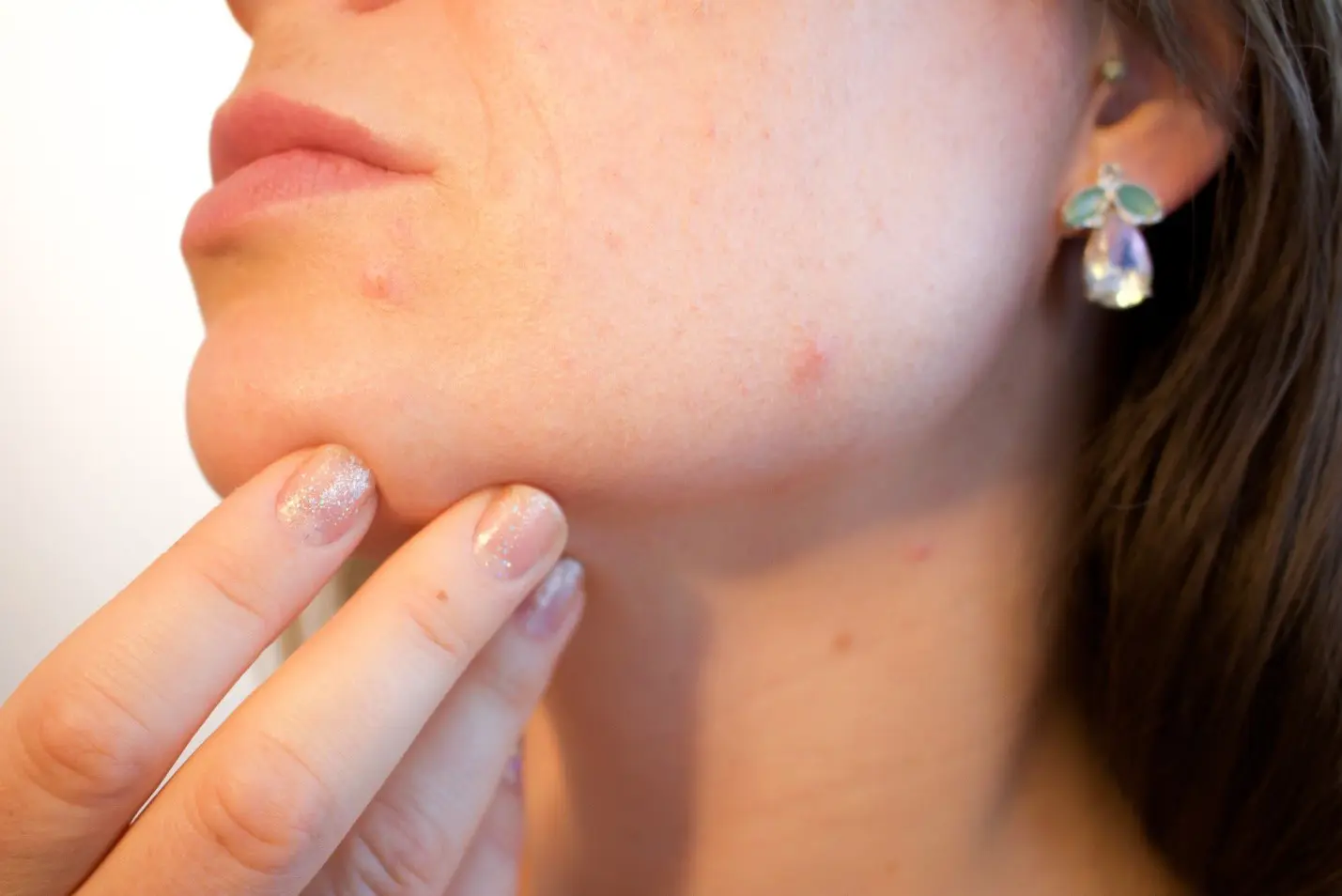
As a parent, seeing your teenage kid standing in front of the mirror and obsessing over their skin may not seem like a big deal. However, for a teenager, a barely visible breakout can seem like the end of the world.
Although having teenage skin problems is extremely normal, it can be hard to convince a teenager of the same. There’s a high chance that they may feel embarrassed about these unwanted blemishes on their face and go to extreme lengths to cover them up.
In doing so, they may end up hiding serious health concerns that the skin problems may be indicating. Therefore, as a parent, it is necessary to be aware of teenage skin problems so you can immediately recognize any changes in your kid’s skin. Here’s a rundown of some common skin problems that teenagers face.
1. Acne
Acne is widely considered to be the most common teenage skin problem. Most teenagers dread having to face this issue, especially before an important event. Sebum, the oil that keeps the skin hydrated, is produced in larger quantities during the pubescent years. The higher production causes the pores to clog and traps dead skin cells that clump together inside the pores. As a result, acne starts to appear on the skin.
Since high production of sebum is common during teen years, it is very likely that most teenagers would experience at least some type of acne. These can appear anywhere on the body but are more common on the face, neck, shoulders, chest, upper arms, back, and buttocks. If you notice your kid has blackheads, whiteheads, cysts, nodules, pustules, or papules, it is a good sign to visit a dermatologist.
2. Oily Skin
Another side effect of excess sebum production is oily skin. Most of the time, oily skin and acne go hand in hand. But that’s not always the case. If your teen has oily skin but doesn’t show any signs of acne, you may not have to take them to a dermatologist, as oily skin is easier to manage.
The main solution to oily skin is to ‘mop the oil up’ by using products such as drying solutions. The alcohol in these products helps soak up the excess oil on the skin surface without drying it out completely. You can also opt for blotting sheets that are specifically created to absorb oil from the surface of the skin. However, if these solutions don’t work, there may be an underlying concern that needs to be addressed. In which case, visiting a dermatologist may be necessary.
3. Cold Sores
The tender blisters that show up on the lips are known as cold sores. These are caused by HSV-1, which is a highly contagious type of herpes virus. This virus isn’t necessarily sexually transmitted and can be caught through skin contact or even by sharing food and drinks. There is also no known cure for this virus, so once it is in the body, it will always be there. As a result, the person will continually get cold sores now and then for the rest of their life.
However, the frequency of the appearance of these cold sores can be controlled by taking some precautions. Maintaining a healthy lifestyle, eating well, exercising regularly, getting plenty of sleep, and moisturizing properly can prevent cold sores from flaring up. When they do appear, taking ibuprofen and sucking on ice pops or cubes can help alleviate the pain. Make sure that your kid doesn’t pick on the cold sore, as this can cause them to bleed and get infected.
4. Eczema
Eczema is a skin condition that causes the skin to become red, dry, and itchy. It usually affects the face, hands, feet, and the insides of knees and elbows. Eczema is actually an umbrella term that covers rashes, swelling, and most types of skin irritations. Since it causes the skin to be very itchy, you may notice that your kid is struggling to keep themselves from scratching away at their skin. However, doing so can cause inflammation and make the condition worse. Therefore, it is necessary to encourage them to control the urge to itch the affected area.
Eczema isn’t contagious. In fact, it is a result of genetic and environmental conditions. It is more common in infants and younger kids, and in most cases, the condition improves as they grow up. Unfortunately, there isn’t any treatment available for eczema. However, it is important to keep track of any lifestyle changes or new skincare products to be aware if anything causes the condition to flare up.
5. Sunburn
Sunburn is a result of prolonged exposure to the sun. While it can affect almost anyone, teens are at a higher risk since they usually spend more time in the sun. Additionally, if your kid participates in any sports or athletic events, they may be even more susceptible.
The easiest way to reduce the risk of sunburn is by regularly applying a mineral sunscreen before going out. In addition to preventing sunburn, regular application of sunscreen can also reduce the risk of other skin concerns, including skin cancer. If your kid has developed sunburn, you should take them to a dermatologist to find the best solution for the problem.
It is easy to overlook teenage skin problems, as most people think “it’ll go away as they grow up.” However, sometimes, the issue can go deeper. If you notice any changes in your teenager’s skin, take them to visit a dermatologist immediately. Even if you don’t believe it is a big issue, it is better to be safe than sorry.
Starting skincare early can help preserve the skin as they grow older. So don’t procrastinate from taking them to a good dermatologist if the need arises.
SunCoast Skin Solutions Dermatology offices are located in Tampa / Hillsborough, St. Pete / Pinellas County, Brandon, Lutz, Winter Haven, Largo, Riverview, Brooksville, Ocala, and Daytona Beach, Sarasota, Punta Gorda, Seminole, Florida. Contact us at 1-844-786-3376 or click here.

Recent Comments